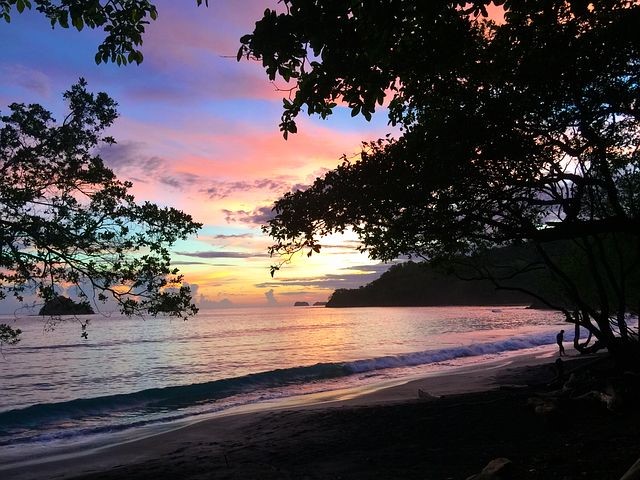
Intrigued by Wildlife, Rainforests, & Volcanos?
Puntarenas, Costa Rica is Heaven on Earth
Puntarenas is the capital and largest city in the Province of Puntarenas, on the Pacific coast of Costa Rica. It’s a hot spot for local and international travelers. The name Puntarenas in English means “the sand point” and it makes perfect sense since the province jets out into the Pacific Ocean and is populated with beautiful beaches, inlets, islands and natural treasures for visitors to explore. This province rests close to the Central Valley and is a short ride to the capital city of San Jose. At about 4,350 square miles (roughly two times the size of Delaware), Puntarenas is the largest province in the country, covering two-thirds of the country’s exposure to the Pacific Coast.
Puntarenas is slowly developing an infrastructure to help support its growing tourism. It has taken a while to catch up with the tourism trends but that is a part of the charm of this beautiful peninsula. Some conservationists would be happy if it never caught up.
Visitors today can find secluded beaches, conserved lands, and hospitable company. In fact, the locals are said to be some of the happiest people on earth. Temperatures in the province can range from a low of 68 degrees Fahrenheit in January and can climb up to 95 degrees in April. If you are right on the beach, you will be delighted by the cool breezes that sweep off the Pacific Ocean no matter when you visit. Heading inwards towards the mountains you will experience more temperate weather.
Europeans first settled in Puntarenas in 1519 by the explorer Hernán Ponce de León, who named the area Villa Bruselas. It took a while before Puntarenas’ Gulf of Nicoya was used as a port but when coffee production reached exportable volumes in the country in 1840, the port was opened. The area is now a hub for maritime transportation and has a large cruise ship port where you can catch a ferry to the islands and mangroves in the Puntarenas Estuary.
A worthy day adventure is to take a stroll along the Paseo de los Turistas (Tourist Walk), where you can stop and check out local art, find some food to eat and enjoy frozen drinks known as “Churchills.” Popular cuisine in the area is inspired by the catch of the day from the ocean.
Here are Eight Amazing Things to Take Part In and Enjoy.
You won’t soon forget them!
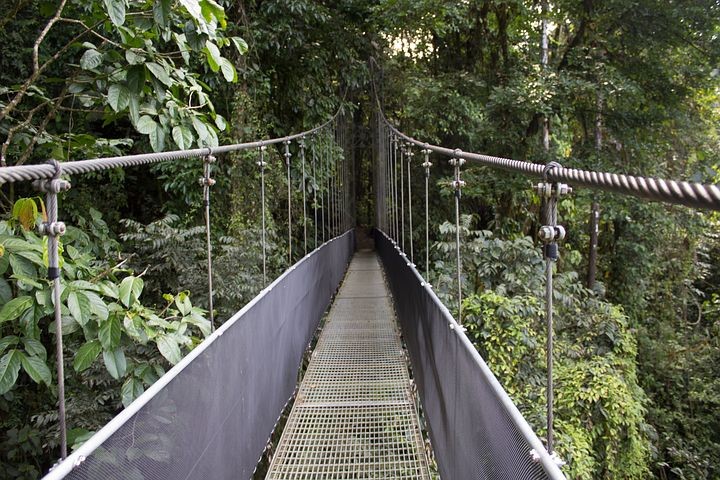
1. Canopy Walk in Monteverde Cloud Forest Reserve
Visiting this reserve is one of the most popular things to do in Costa Rica, attracting more than 70,000 visitors each year. With six ecological zones, the reserve boasts extraordinary biodiversity, containing around 100 mammal species, 120 reptilian and amphibian species, and 400 bird species. It also has a Nature Center, butterfly gardens, frog pond, serpentarium, and an array of hiking trails. The hiking trails vary in length from 300 feet across the suspended bridge to the popular Cloud Forest Trail (Sendero Bosque Nuboso) at 1.2 miles. So there’s a trail for every type of hiker, providing a variety of beautiful views.
Their canopy tours are world-renowned, providing tree-top views of butterflies and birds such as the rare resplendent quetzal as well as capuchin, howler, and spider monkeys.
On top of that, 100% of the private reserve’s entrance fees go toward further research and educational programs in the area.
Another famous attraction in Monteverde is the milk co-op which has become a famous cheese factory that was started by the Quakers who came to the area in the 1950s. You can tour the facility and sample their ice cream, cheeses, and sweets.
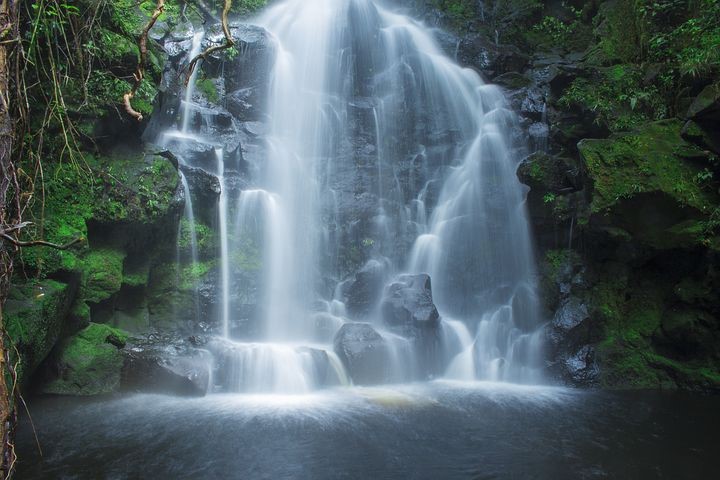
2. Waterfalls
The Puntarenas region is blessed with many beautiful waterfalls. The highest in the country is the Pura Vida Garden and Waterfalls which reaches about 650 feet and is found in Bijagual de Turrubares. There are natural pools available for swimming as well as gardens and trails to enjoy. Other notable waterfalls in the area include the Montezuma Waterfall and the Cocalito Waterfall. Who doesn’t love a waterfall!
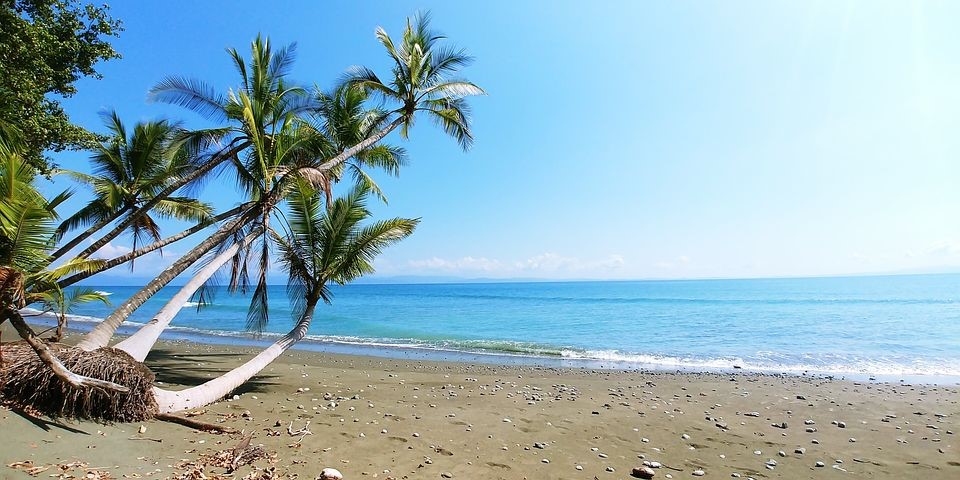
3. Beaches and Islands
Because of its jetting coastline, there are quite a few inlets, beaches, and islands located within the province of Puntarenas. Along these beaches, you will find plenty of activities to enjoy like surfing, swimming, hiking, sunbathing and jet skiing.
Jacó Beach is one of the most famous of the beaches. To locals, it is the party beach which is filled with resort travelers, surfers, locals, and backpackers. It is an easy beach to get to with only a two-hour ride from San Jose, which helps in its popularity. If you really like to surf, check out the Santa Teresa beach, the Barranca River Mouth, and the Playa Tivives.
On the northeast end of the Ballena Bay is a nice long stretch of beach called Playa Tambor. Here you can enjoy a nice swim, go horseback riding along the shore and hike amongst beautiful coastal vegetation.
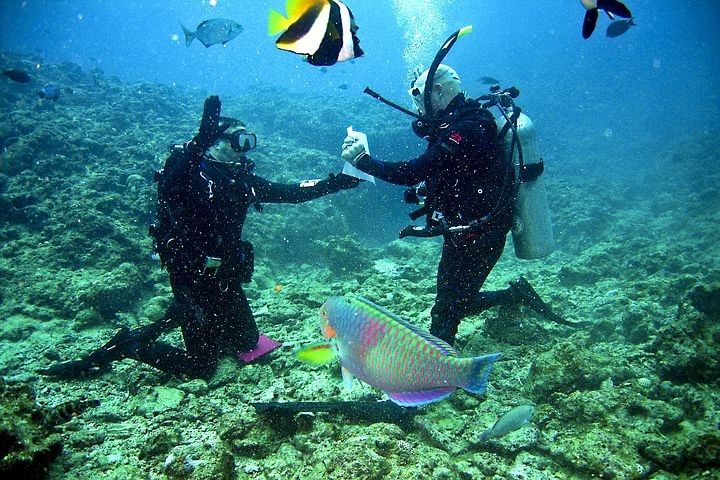
4. Go Scuba Diving Off Cano Island
Located off the coast of the Osa Peninsula, Caño Island became a biological reserve in 1978 and is considered one of the world’s best Scuba diving spots. It is surrounded by five platforms of coral reefs. Divers have the chance to see eels, lobsters, sharks, sea turtles, and possibly cetaceans during the winter. Between January-June you can even see whales and dolphins drawn by the warm waters of the tropical climate. There are many diving hotspots just off the island’s beach, providing a unique experience to see massive schools of fish.
Coral Garden is a shallow dive and showcases a beautiful view of the coral reefs, while numerous sharks can be seen from Bajo del Diablo Deep, the deepest dive in the area.
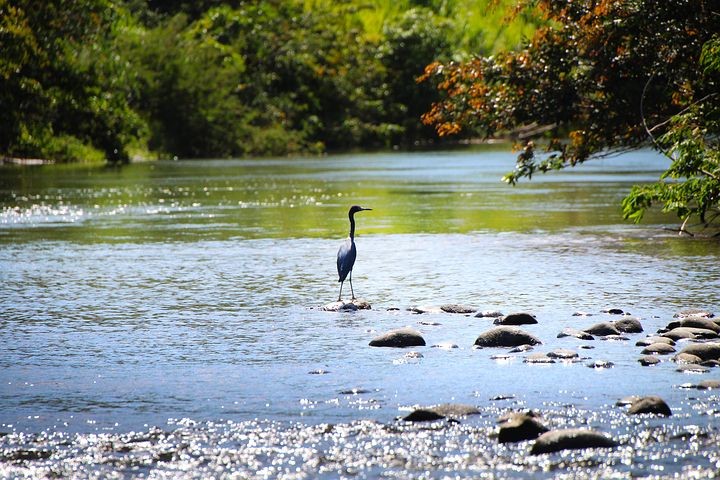
5. Hiking in Corcovado National Park
Described by National Geographic as “the most biologically intense place on earth,” Corcovado National Park was created in 1975 and is the largest in Costa Rica. Located on the Osa Peninsula in the southern part of the country, it’s a haven for birdwatchers, hikers, campers, and wildlife photographers alike.
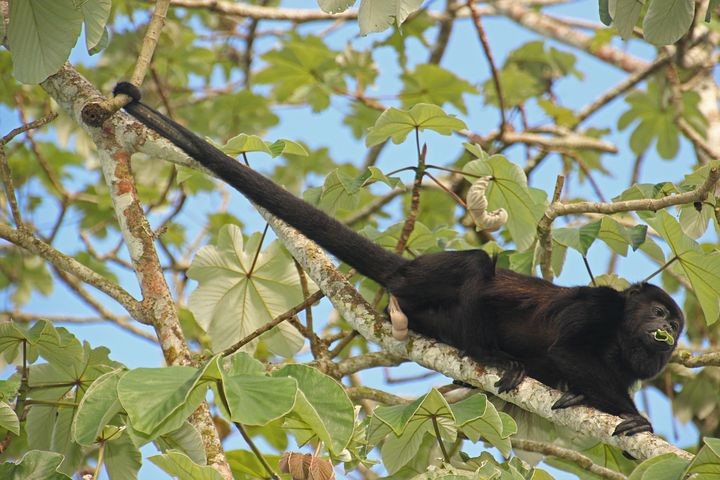
6. Speak for the Trees (by Planting Them)
One of the biggest environmental issues facing coastal communities all around the world is deforestation which contributes to climate change, beach erosion rates, increased ocean runoff, and habitat loss for many of Costa Rica’s iconic species.
By connecting with local NGOs such as La Reserva Forest Foundation, travelers have a chance to help out with community reforestation projects by collecting seeds, planting them in a nursery, maintaining the trees and even planting them in key areas.
La Reserva has planted more than 100,000 trees and also accepts monetary donations for those who cannot physically go out and help plant the trees. Planting trees reduces the warming of the planet and makes the Earth cleaner for future generations. Not only is getting their hands dirty good for kids, but in this case it’s great for the environment as well.
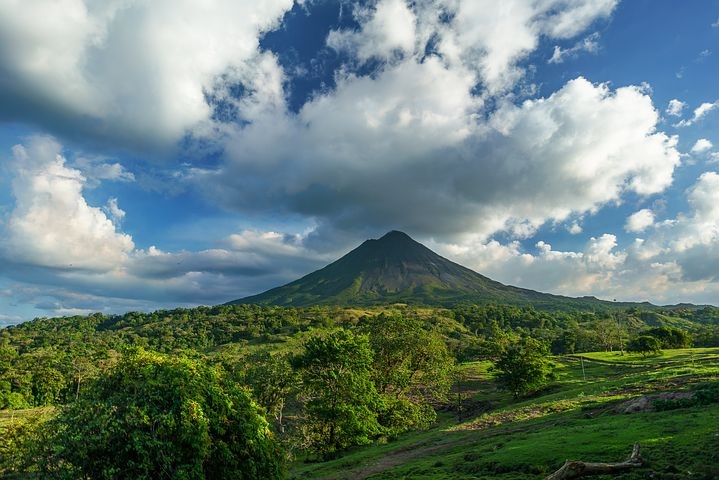
7. Volcanos
Arenal Volcano was one of the most active volcanoes in the world until 2010. The 5,480-foot volcano dominates the landscape of northwestern Costa Rica. Located near the tiny town of La Fortuna, the volcano erupted for the first time in 1968, but has been dormant for years.
Still, the area remains a popular ecotourism destination thanks to Lake Arenal, which is located at the base of the volcano and contributes to the economy of Costa Rica – responsible for 12% of the country’s hydroelectric energy.
Lava tracts can be seen from one of the trails around Lake Arenal along with various plant and animal species, including monkeys, sloths, beautiful tropical birds, and palms. Even now, park rangers are always on the lookout for potential volcanic activity – the mountain still looms ominously over the verdant landscape, like a sleeping giant just waiting for the opportune moment to re-awaken.
The La Fortuna Waterfall, and various hot springs also draw loads of tourists. Long, hot days of outdoor recreation in Costa Rica can be exhausting. At the end of the day, it feels incredible to soothe your aching bones in these naturally-heated thermal springs. Coming from multiple different spring sources, the water is naturally heated and mineralized through the volcano. The strongest stream flows over a sculpted waterfall, which provides a wonderfully intense hydraulic shoulder/back/neck massage.
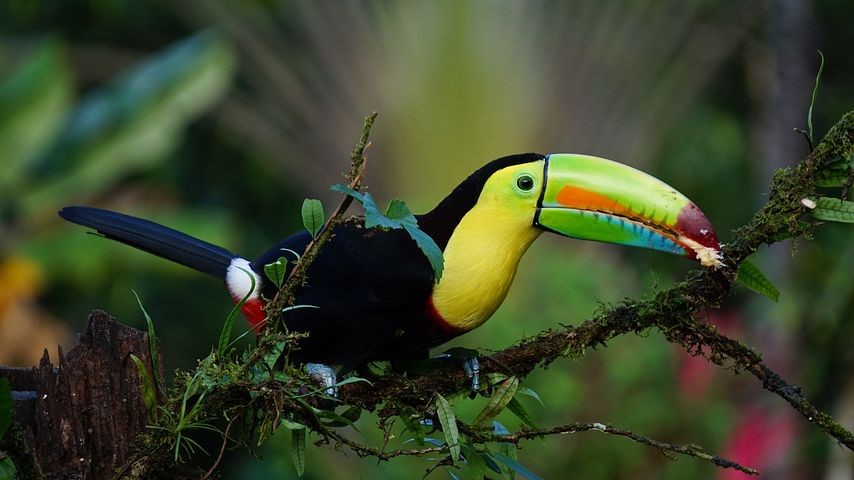
8. Volunteer with a Wildlife Rescue Organization
Perhaps the best thing about visiting Costa Rica is the opportunity to not just learn about wildlife conservation, but to get involved in it. From Kids Saving the Rainforest to Alturas Wildlife Sanctuary, Costa Rica offers numerous opportunities for animal lovers to volunteer. In the process, they get personal experience that reinforces the importance of protecting the country’s precious flora and fauna. Working hands-on with animals while traveling through conservation-focused countries like Costa Rica makes the trip even more memorable, benefitting both the traveler and the local environment.
Save Sea Turtles: Costa Rica is one of the world’s most important places for Sea Turtle conservation. The country’s beaches provide vital nesting grounds for four different species– Green Sea Turtles, Hawksbills, Leatherbacks, and Olive Ridleys. Every year all of these species except the Leatherback return to the same beach on which they were hatched to lay their own eggs. Because of various problems like climate change and human intervention, sea turtles are at risk – especially Leatherbacks and research is being done to prevent further damage to the sea turtle habitat.
Located on the Caribbean coast approximately one kilometer north of where the Rio Pacuare enters the sea, conservation organizations offer activities such as searching for sea turtle nests, moving eggs to safety, and releasing baby sea turtles during peak season. If you should participate in this conservation project, you will be assured that it’s a heartwarming memory you’ll never forget!
References:
https://www.creescapes.com
2019 Costa Rica Escapes.
“Puntarenas, Costa Rica: Where to Go & Things to Do”
Green Global Travel
“Top 20 Things To Do In Costa Rica (for Nature & History Lovers)”




